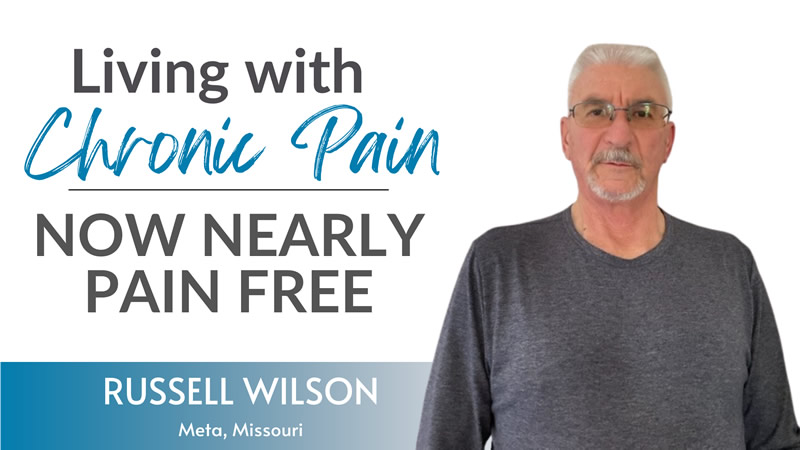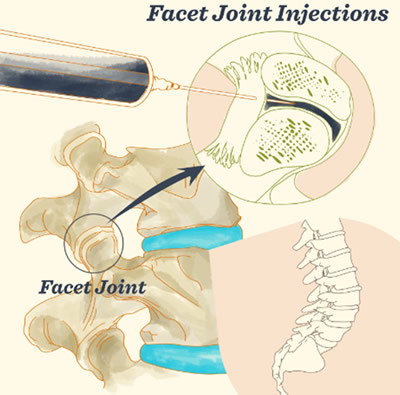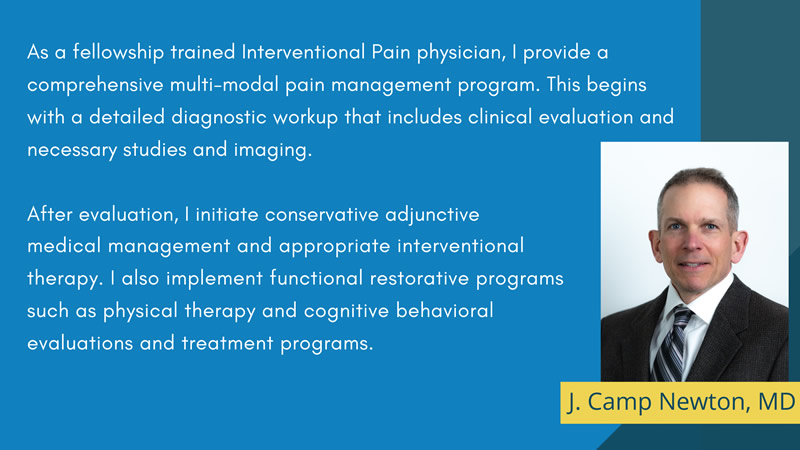
Living With Chronic Pain - Now Nearly Pain Free
Semi- Retired Locksmith, Russell Wilson Was Living in Severe Pain
Russell Wilson grew up on a farm south of Meta, Missouri. He knew he wanted a different lifestyle than farming. For 32 years Russell worked in many of the prison systems throughout mid-Missouri. He started as an officer, was promoted to sergeant and then worked as a locksmith. Russell quickly became the "go-to-person" for troubleshooting issues and often helped with new prison expansions.
In 2012, after three decades of serving the prison systems in Missouri, Russell retired at 69 years old. Shifting his focus back to his farming roots, he keeps himself active by working part-time assisting his niece and her husband with farm deliveries, putting up hay, or just about anything else that needs to be done. "It's my 'play' money" says Russell as he embraces his new 'semi-retired' lifestyle.

With all the physical aspects of working on a farm Russell found himself developing pretty severe neck pain. He was at a crossroads, he could fully retire and relieve his chronic neck pain or keep up his active lifestyle that he loved so much. As no surprise, he kept working on the farm.
Eventually when Russell's neck pain interrupted his sleep, he knew he needed to do something. "I couldn't lay down without his neck hurting." Russell described his pain. "I couldn't move my neck at all." The alternative was sleeping in the living room recliner. "I can hurt all day long, but I have to sleep. If I'm not sleeping, I'm not able to get through the day." Russell said deflated.
Russell knew who to call. Having trusted The COG physicians for the past 10 years with his wife's neck and back pain, he went to see Dr. Miles. Dr. Miles explained that Russell's arthritis was beyond surgical treatment. Dr. Miles referred Russell to Dr. Camp Newton, a pain specialist at COG, to explore other treatment options for Russell's chronic neck pain. Their treatment plan consisted of injections to help relieve the pain - solutions were finally in sight for Russell.
"I was completely new to injections, but I liked Dr. Newton. He was straightforward, answered all my questions and I did not feel rushed during my time with him. I was completely comfortable in Dr. Newton's care." Russell described his visit with Dr. Newton.
On Russell's first injection, his brother drove him to Columbia. "After my injection, we went to eat and by the time I got to IHOP my pain had subsided. I couldn't believe it". That night Russell fought the urge to move around. "It was hard to do because I felt so much better, but I wanted this to work, so I kept myself from going out to do any work and laid down instead. I was so relaxed, I could move my head from right to left and left to right" Russell was so happy. "It was like my muscles weren't tense for the first time".
Living a nearly pain free life, Russell is thankful to Dr. Newton and The Columbia Orthopaedic Group in Columbia, MO. "From the front desk to every person that I met along the way were always professional, caring and knowledgeable."
Facet Joint Injection Procedure
Facet joints are the joints that connect the spinal bones, called vertebrae, along the spine. These joints provide the spine with flexibility and movement. If any of these joints become irritated or inflamed, the thickened and enlarged joint can press painfully against nearby nerve roots.Common causes of pain related to the facet joints include arthritis and back injuries.
 A facet joint injection is a procedure where pain-relieving and anti-inflammatory medications are injected into your facet joints to reduce pain.
A facet joint injection is a procedure where pain-relieving and anti-inflammatory medications are injected into your facet joints to reduce pain.
Facet joint injections contain medications called steroids that help reduce inflammation. They also contain lidocaine or other pain relievers.
What to Expect During a Facet Joint Injection
A facet joint injection usually takes less than 30 minutes. It's an outpatient procedure performed at Columbia Orthopaedic Group procedure office. Patients are observed for a short period of time after the procedure and discharged accordingly to each individual patient's needs. You'll be awake during the procedure.
Here's an idea of what you can expect:
- During the procedure, you'll lie face down on a table and the surgical team will connect you to machines to monitor your vitals.
- Your skin will be sterilized around the injection site and covered with a drape.
- Dr. Newton will use a needle to inject a local anesthetic into your skin and numb the area.
- Using either fluoroscopy (a type of real-time X-ray) or a CT scan as a guide, Dr. Newton will insert the facet joint injection through the skin and into the joint.
- Dr. Newton will then inject a small mixture of numbing medicine (anesthetic) and anti-inflammatory cortisone.
- Finally, the needle will be removed.
- A follow up appointment will be scheduled in 6-12 weeks.
Patients may have some soreness around the site of the injection for a few days, and it is recommended to avoid strenuous activity and driving for the first 24 hours. Most patients are able to return to regular activities the next day.
Ice is typically more helpful than heat during the first 2-3 days after the injection. Patients may begin to notice an improvement in your pain 2-5 days after the injection. If patients do not notice improvement within 10 days after the injection, it is unlikely to occur.
Facet joint injections can potentially offer relief for 3 months or longer. In Russell's case, the injection allowed Russell to enjoy his activity level for one year before returning for his second shot.
Am I a Candidate for Facet Joint Injections?
Individuals with the following symptoms or conditions may benefit from facet joint injections:
- Spinal arthritis
- Back pain due to injury
- Back pain due to mechanical stress
- Cervical facet joint pain in the head, neck, arms or shoulders
- Thoracic facet joint pain in the chest, upper back and, rarely, the arms
- Lumbar facet joint pain in the lower back, hips, buttocks or legs
If both immediate and long-lasting pain relief are achieved with an initial facet joint injection, continued facet joint injections are typically recommended to manage pain levels. This procedure can be repeated up to three times per year. If pain relief is immediate but not long-lasting, further diagnostic testing may be recommended.

Contact Dr. Camp Newton at Columbia Orthopaedic Group to schedule a consultation to find out if facet joint injection therapy is right for you. Once we have conducted a thorough evaluation, we can recommend a treatment plan that is tailored to meet your specific needs and treatment goals. We look forward to helping you stay active and live your best life!
